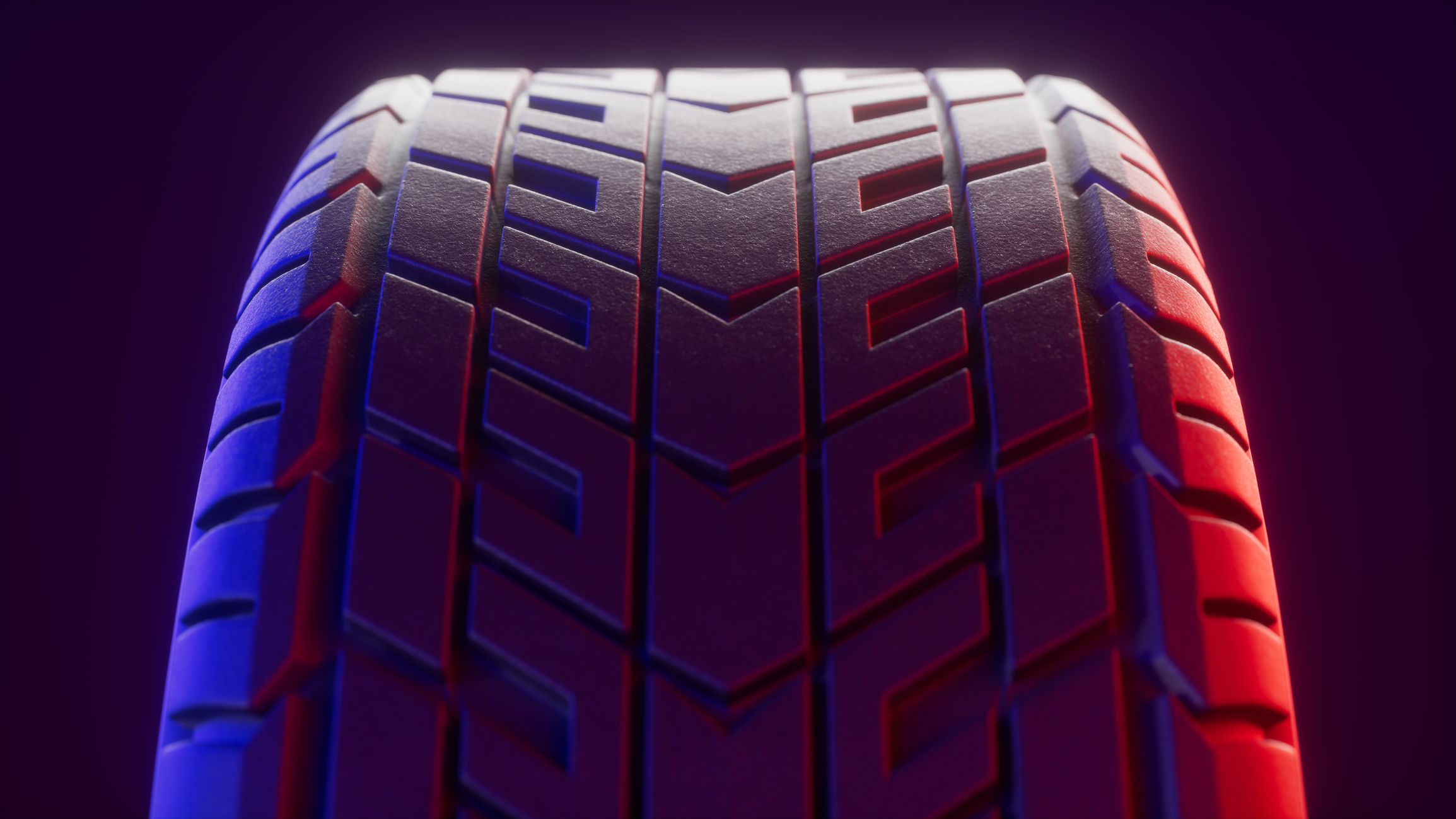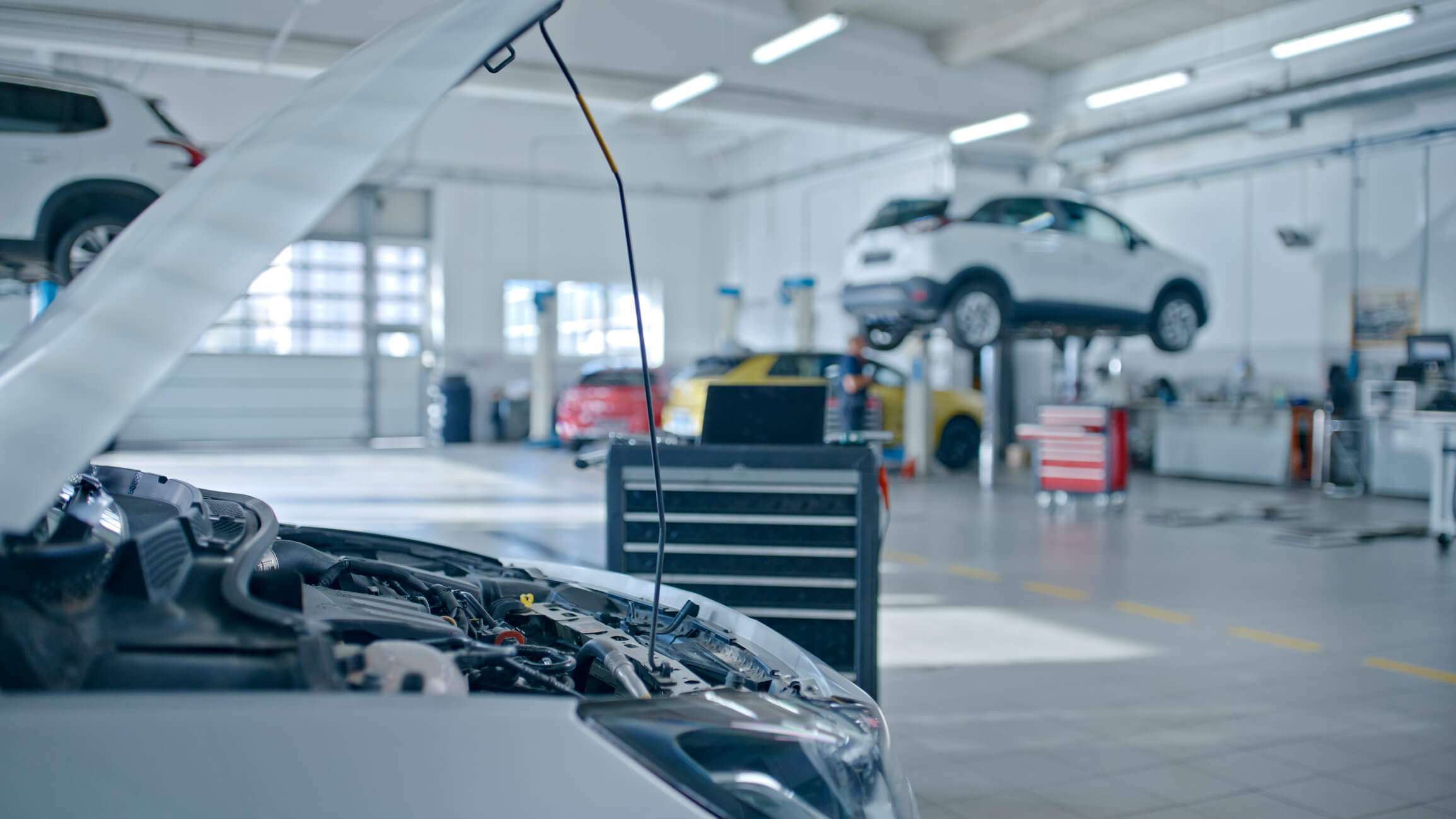How To Remove Your Car Tire In 8 Easy Steps
August 28, 2017
Whether it’s a roadside flat or you’re just checking on the internals of your vehicle, changing a tire isn’t always easy work. And while there might be other options as to how you might be able to diagnose an issue, sometimes doing it right in your driveway is the better option — and it can teach you more about your vehicle! But a job of this magnitude requires safety — and it’s important that everything is done with safety and precision to ensure no injuries are sustained. Below are the steps for safely removing a car tire from your vehicle.
-
Gather the tools needed.
For this job, you’re going to need a jack, jackstands, a lug wrench and socket. These are the essential tools for both lifting the car and removing the wheel & tire.
-
Locate The Jack Points.
Every car is different, but they’ll all have jack points that help you safely lift the car up and keep it mounted while you perform the work. Before doing anything, make sure that you’ve located these and positioned the jack directly underneath. It’s a good idea to also engage your emergency brake at this point before moving forward.
-
Loosen The Lug Bolts.
Before lifting the car, loosen the lugs on the wheel you’re looking to remove just a bit. You only need to crack them a bit in order to get them off safely, and this helps reduce danger before the car is suspended in the air.
-
Jack The Car Up.
At this point, it’s time to hoist the car! Slowly pump or crank your jack at a high enough height to remove the wheel from the vehicle. Once the vehicle is high enough, place a jackstand underneath the car along the frame rail, which runs between the wheels. This will help protect the car from slipping when it’s in the air. Once placed under, slowly lower the car until it begins resting on the jackstand. You can also always place two stands on the side for added protection.
-
Remove The Wheel.
Using your lug wrench again, remove the lugs that are keeping the wheel on, and store them somewhere safe. When all unbolted, use both hands and pull the wheel away from the hub and out. This might take a bit of force, as the wheel is sometimes tough to remove when it’s been sitting on the same hub for some time.
-
You’re done!
At this point, the tire is removed and you are free to inspect the area in which you are either performing maintenance on or diagnosing a potential issue. Also note that you can place jack stands under the subframe or even portions of the axle for added safety and protection. Many owners also lay their tire face-up and lay it under the car as well. This is optional, but can also become a layer of protection, just in case.
-
Repeat Backwards.
When everything is finished, repeat these steps in reverse order to make sure that everything is bolted correctly and to the correct specifications. A digital torque wrench is a great asset to have in this situation!
-
Lower The Car.
When everything is set and back on the ground, check the lugs again and give them one final tightening on the ground to make sure. This ensures your wheel will stay on when driving!
Of course, taking care of your car is something that many working families and individuals simply do not have the time to do. If you’re looking for a one-stop shop for everything that involves your vehicle, make sure Southport Automotive is on your speed dial list!
Southport Automotive is Fairfield County’s premier service station for all things Automotive. In business since 1981, we’ve helped get thousands of Connecticut residents back on the road faster, and for longer. To learn more about how we can help your vehicle stay in its best shape, please give us a call at 203-259-3839. For more tips and tricks, make sure to like us on Facebook!
Recent News

How to Know When It’s Time to Replace Your Tires
November 21, 2025

Essential Back-to-School Car Maintenance Tips
August 21, 2025

How to Maximize Your Car’s Fuel Efficiency
May 30, 2025

The Importance of Regular Vehicle Inspections in Winter Months
February 28, 2025

Seasonal Car Maintenance Tips for Fairfield County Drivers: Keep Your Vehicle Ready for Winter
October 29, 2024

5 Essential Tips for Maintaining Your Vehicle’s Performance
August 23, 2024


